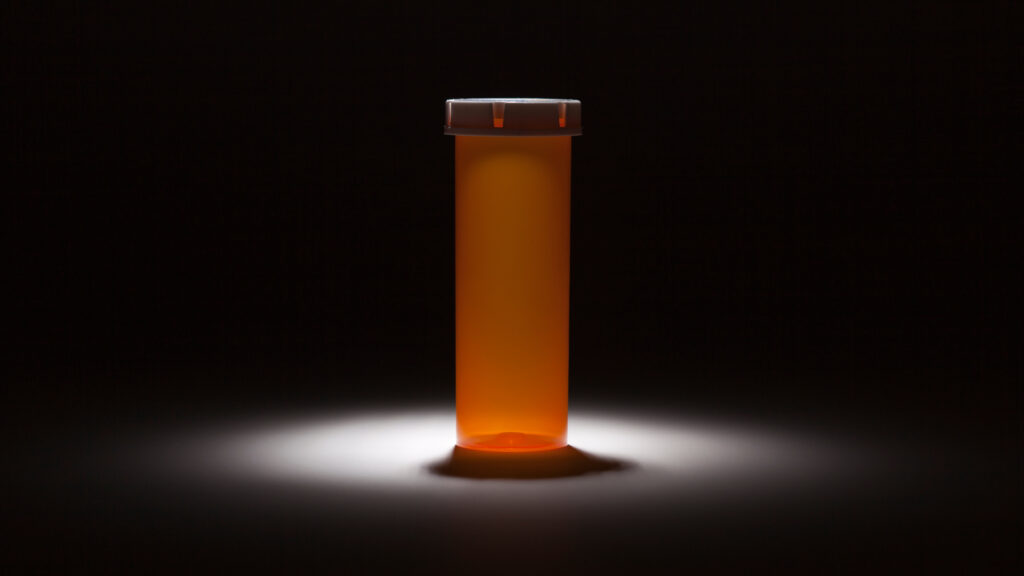Black people are far less likely than other Americans to receive buprenorphine, a key medication for treating opioid use disorder, according to a new study.
White patients in need of addiction care were prescribed buprenorphine at more than twice the rate of Black patients in the six months preceding an addiction-related health emergency, according to the analysis. The treatment gap continued at a similar rate in the six months after an overdose, hospitalization, or admission to a rehab facility.
The study, published Wednesday in the New England Journal of Medicine, used insurance claims data from 2016 to 2019 to analyze over 23,000 Medicare beneficiaries who were eligible for the safety-net program due to a disability.
The analysis highlights a dual crisis in American addiction medicine: Few people with opioid addiction can access the highly effective drugs used to treat the condition, and those who receive the medications are disproportionately white.
Opioid overdose rates among Black people have also skyrocketed in recent years, and in 2020 surpassed the per capita death rate among white people for the first time in over two decades.
Beyond receiving buprenorphine at a higher rate, white patients were also far more likely than Black patients to live near a provider of the medication and to remain in treatment months after first being prescribed it, according to the study. The paper’s authors cited “racial segregation of health care, discrepant incarceration rates, disproportionate enrollment in Medicaid, and increases in fentanyl use in urban areas, which tend to have larger Black and Hispanic populations” as among the factors contributing to the racial disparity in access to addiction care.
The U.S. is currently recording over 80,000 opioid overdose deaths per year, driven largely by fentanyl. Overdose death rates involving fentanyl are highest among American Indian and Alaska Native populations, then among Black people, at 33.1 and 31.3 annual deaths per 100,000 people, respectively, according to recent data from the Centers for Disease Control and Prevention.
White people rank somewhat lower at 24.6 deaths, then Hispanic people at 14.1, then Asian individuals at 2.3.
Even beyond the stark racial disparities in which patients receive buprenorphine, the medication has become increasingly difficult to use in recent years as fentanyl has become ubiquitous in the U.S. drug supply. Fentanyl is so potent that patients beginning treatment often experience “precipitated withdrawal” — excruciating withdrawal symptoms brought on by the transition to buprenorphine, which is far weaker.
The other common drug used for opioid addiction, methadone, can help patients seeking medication treatment, but is highly restricted and only accessible at specialized clinics that often require patients to show up in person every day to receive a single dose.
The study also found that naloxone, the rescue medication used to reverse opioid overdoses, was similarly prescribed to white patients at a far higher rate than Black patients.
Naltrexone, a third medication used to help prevent opioid cravings in people recovering from opioid addiction, was also prescribed to Black patients at a disproportionately low rate.
STAT’s coverage of chronic health issues is supported by a grant from Bloomberg Philanthropies. Our financial supporters are not involved in any decisions about our journalism.


